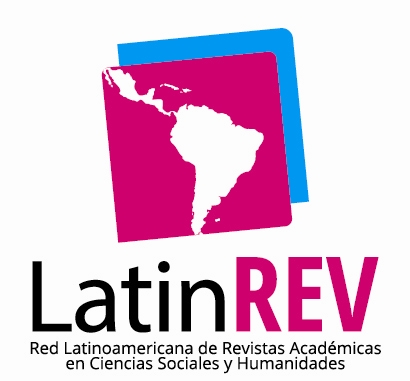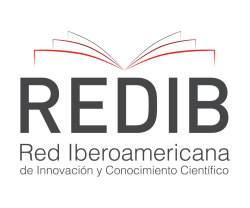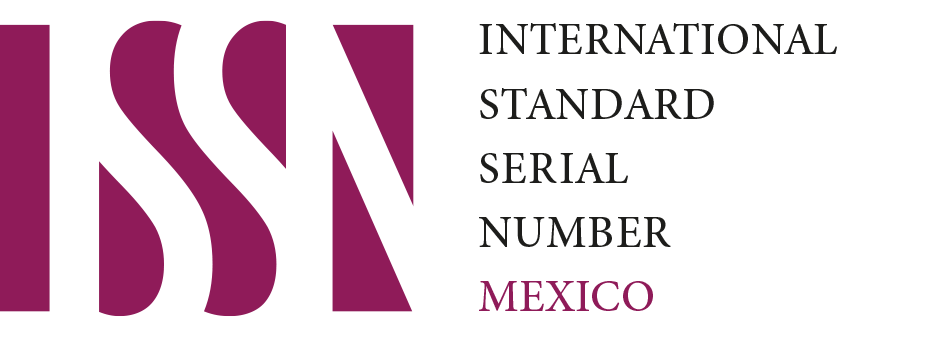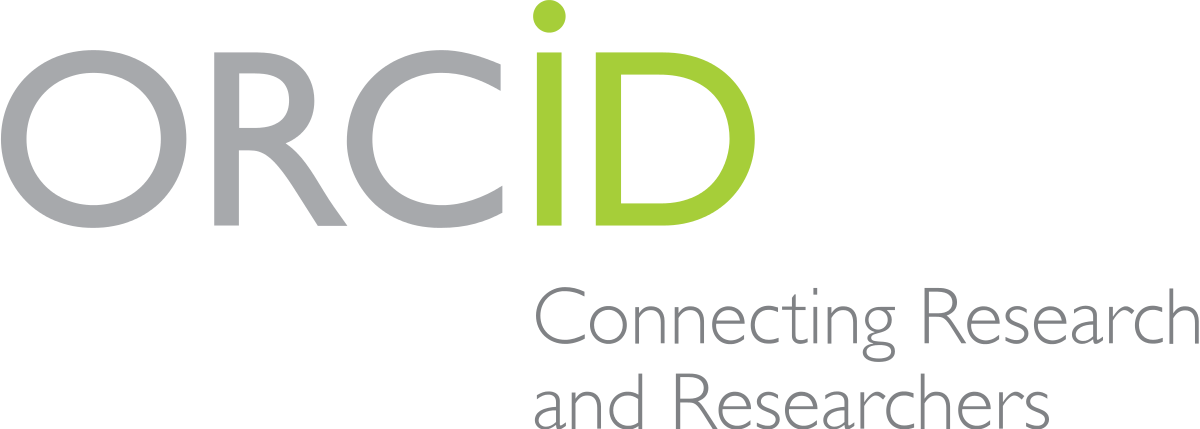Perfil y Factores de Riesgo de Pacientes con Hemorragia Postparto que Ingresaron al Servicio de Obstetricia en una Institución de Tercer Nivel de Complejidad en la Ciudad de Neiva Durante el Periodo 2018 – 2023
Resumen
En Colombia, la hemorragia postparto (HPP) se destaca como la primera causa de mortalidad materna asociada principalmente a la atonía uterina, seguida de los trastornos hipertensivos asociados al embarazo. Objetivo: Determinar las características clínicas, epidemiológicas y factores de riesgo de las pacientes que presentaron hemorragia postparto en una institución de tercer nivel. Metodología: Estudio observacional descriptivo de corte transversal con las gestantes que ingresaron al servicio de ginecoobstetricia. Se incluyeron gestantes mayores de 18 años. Resultados: Se obtuvo un total de 136 casos; edad promedio de 25.79 ± 5,91 años. El 12% de las requirieron vigilancia en unidad de cuidado intensivo (UCI). El 86% fueron tipificados por atonía uterina, tejido en un 5.8% y solo el 2% por trauma. El masaje uterino fue la primera medida no farmacológica instaurada en el 97% de los casos. El 99% de las maternas no reportaron antecedente de hemorragia. Discusión: Estudios como el presente son cruciales para identificar factores de riesgo y condiciones potencialmente modificables, con el objetivo de mitigar sus efectos adversos y mejorar la calidad de vida de las pacientes afectadas. Conclusiones: Una atención adecuada en el manejo se traduce en la reducción de la morbimortalidad materno-neonatal, que pueden ser controlados mediante intervenciones no quirúrgicas.
Descargas
Citas
2. Balki M, Wong CA. Refractory uterine atony: still a problem after all these years. Int J Obstet Anesth [Internet]. 1 de noviembre de 2021; Disponible en:
https://pubmed.ncbi.nlm.nih.gov/34391025/
3. Bolaños M, Bolaños M, Ferrer L, Martínez JC. Incidencia De Factores Clínicos Y Sociodemográficos De Hemorragia Postparto En Pacientes Atendidas En El Hospital Niño Jesús En Barranquilla. Enero 2017-Enero 2018. 30 de noviembre de 2020;39-47.
4. Brun R, Spoerri E, Schäffer L, Zimmermann R, Haslinger C. Induction of labor and postpartum blood loss. Disponible en: https://doi.org/10.1186/s12884-019-2410-8
5. Butwick AJ, Abreo A, Bateman BT, Lee HC, El-Sayed YY, Stephansson O, et al. The Effect of Maternal Body Mass Index on Postpartum Hemorrhage. Anesthesiology [Internet]. 1 de abril de 2018; Disponible en: https://pmc.ncbi.nlm.nih.gov/articles/PMC5849500/
6. Cagino K, Wiley RL, Ghose I, Ciomperlik H, Sibai BM, Mendez-Figueroa H, et al. Risk of Postpartum Hemorrhage in Hypertensive Disorders of Pregnancy: Stratified by Severity. Am J Perinatol. :2024.
7. Conde-Agudelo A, Belizan JM. Maternal morbidity and mortality associated with interpregnancy interval: cross sectional study. BMJ : British Medical Journal [Internet]. 2000; Disponible en: https://pmc.ncbi.nlm.nih.gov/articles/PMC27528/
8. Danoff JS, Lillard TS, Myatt L, Connelly JJ, Erickson EN. A Common OXTR Risk Variant Alters Regulation of Gene Expression by DNA Hydroxymethylation in Pregnant Human Myometrium. Reprod Sci [Internet]. 1 de octubre de 2024; Disponible en:
https://pubmed.ncbi.nlm.nih.gov/38862858/
9. Eugenia Pinilla Saraza. INFORME DE EVENTO MORTALIDAD MATERNA, COLOMBIA, AÑO 2017.
10. García Fernández MA, García Zambrano AF, Morales Alameda DA, Salgado Reyes PA, Santos Cantillo E. Factores de riesgo para hemorragia postparto: revisión narrativa en los años 2008-2018. 2019; Disponible en:
https://redcol.minciencias.gov.co/Record/UNBOSQUE2_d901344c00f07cd8029a710cd7216f16#description
11. Garg B, Darney B, Pilliod RA, Caughey AB. Long and short interpregnancy intervals increase severe maternal morbidity. Am J Obstet Gynecol. 1 de septiembre de 2021;331.
12. Heesen M, Hofmann T, Klöhr S, Rossaint R, Van De Velde M, Deprest J, et al. Is general anaesthesia for caesarean section associated with postpartum haemorrhage? Systematic review and meta-analysis. Acta Anaesthesiol Scand [Internet]. octubre de 2013; Disponible en: https://pubmed.ncbi.nlm.nih.gov/24003971/
13. Hernández C, María R, Núñez J, Tutores B, Humberto L, Chávez B, et al. Caracterización de las Pacientes con Hemorragia Posparto en el Centro Policlínico del Olaya. 2015;
14. .Hoz FJE de la, Cortés OEZ, Santiago LO. Ligadura de arterias hipogástricas en hemorragia postparto severa. CES Medicina. 2016;26-34.
15. Instituto Nacional de Salud. Protocolo de vigilancia en salud pública. Disponible en: https://www.ins.gov.co/buscador-eventos/Lineamientos/Pro_mortalidad%20materna%202024.pdf
16. Instituto Nacional de Salud. Informe de evento Mortalidad Materna. 2021;4682-6.
17. Jiang H, Shi H, Chen L, Yang J, Yuan P, Wang W, et al. Is there a relationship between plasma, cytokine concentrations, and the subsequent risk of postpartum hemorrhage. Am J Obstet Gynecol [Internet]. 1 de junio de 2022; Disponible en:
https://pubmed.ncbi.nlm.nih.gov/34919894/
18. Jinary Mejia Plata Angie Paola Jiménez Rojas Brenda Sofía Siachoque Uribe Magda Liliana Villamizar A. FACTORES ECONÓMICOS, SOCIOCULTURALES Y GEOGRÁFICOS QUE INFLUYEN.
19. Karlsson H, Pérez Sanz C. Hemorragia postparto. An Sist Sanit Navar. 2009;159-67.
20. Kassebaum NJ, Barber RM, Dandona L, Hay SI, Larson HJ, Lim SS, et al. Global, regional, and national levels of maternal mortality, 1990–2015: a systematic analysis for the Global Burden of Disease Study 2015. The Lancet [Internet]. 8 de octubre de 2016; Disponible en: http://www.thelancet.com/article/S0140673616314702/fulltext
21. .Kennedy H, Haynes SL, Shelton CL. Maternal body weight and estimated circulating blood volume: a review and practical nonlinear approach. Br J Anaesth. 1 de noviembre de 2022;716-25.
22. Kern-Goldberger AR, Madden N, Baptiste CD, Friedman AM, Gyamfi-Bannerman C. Disparities in obstetric morbidity by maternal level of education. The Journal of Maternal-Fetal & Neonatal Medicine [Internet]. Disponible en:
https://www.tandfonline.com/doi/abs/10.1080/14767058.2020.1860935
23. Kim SW, Hamm RF, Schwartz N. A Resolved Placenta Previa Is Still Associated with Postpartum Hemorrhage. Am J Perinatol [Internet]. 23 de mayo de 2024; Disponible en: https://einstein.elsevierpure.com/en/publications/a-resolved-placenta-previa-is-still-associated-with-postpartum-he
24. .Ladfors L V., Liu X, Sandström A, Lundborg L, Butwick AJ, Muraca GM, et al. Risk of postpartum hemorrhage with increasing first stage labor duration. Scientific Reports [Internet]. 2014; Disponible en: https://www.nature.com/articles/s41598-024-72963-2
25. Luderer U, Li T, Fine JP, Hamman RF, Stanford JB, Baker D. ransitions in pregnancy planning in women recruited for a large prospective cohort study. Hum Reprod. 1 de junio de 2017; Disponible en: https://pmc.ncbi.nlm.nih.gov/articles/PMC5437361/
26. Mansukhani R, Shakur-Still H, Chaudhri R, Bello F, Muganyizi P, Kayani A, et al. Maternal anaemia and the risk of postpartum haemorrhage: a cohort analysis of data from the WOMAN-2 trial. Lancet Glob Health [Internet]. 1 de agosto de 2023; Disponible en: https://pubmed.ncbi.nlm.nih.gov/37390833/
27. María A, Toro G. Lo nuevo en prevención y tratamiento de la hemorragia postparto. 2019; Disponible en:
https://revistas.udea.edu.co/index.php/ginecologia_y_obstetricia/article/view/346858
28. MAriela Magdalena Cerda Obregon, Jessica Isabel Sañaicela Barreno. Escuela Superior Politécnica De Chimborazo Facultad De Salud Pública "Estudio Clínico Epidemiológico De La Hemorragia Post-Parto Hospital General Docente. 2017.
29. McCormick ML, Sanghvi HCG, Kinzie B, McIntosh N. Preventing postpartum hemorrhage in low-resource settings. International Journal of Gynecology and Obstetrics. :267-75.
30. Nair M, Chhabra S, Choudhury SS, Deka Di, Deka G, Kakoty SD, et al. Relationship between anaemia, coagulation parameters during pregnancy and postpartum haemorrhage at childbirth: a prospective cohort study. BMJ Open [Internet]. 4 de octubre de 2021; Disponible en: https://pubmed.ncbi.nlm.nih.gov/34607867/
31. Oberg AS, Hernandez-Diaz S, Palmsten K, Almqvist C, Bateman BT. Patterns of recurrence of postpartum hemorrhage in a large population-based cohort. Am J Obstet Gynecol [Internet]. 2014; Disponible en: https://pubmed.ncbi.nlm.nih.gov/24351791/
32. Organizacion Mundial de la Salud. La OMS publica un plan mundial para luchar contra la principal causa de muerte en los partos. Disponible en: https://www.who.int/es/news/item/11-10-2023-who-issues-global-plan-to-tackle-leading-cause-of-death-in-childbirth
33. Ouyang Y, Liu X, He Z, Huang D. Effect of high-quality nursing on postpartum hemorrhage and quality of life in puerperants with gestational hypertension. E Am J Transl Res. 2022;
34. Petro GF, Alcalde Mayor De Bogotá U, Mauricio DC, Bustamante García A, García GR, Graciela E. Guía de trastornos hipertensivos del embarazo Periodo de investigación y desarrollo de la Guía (2013). 2014;
35. Ramos FS, Rodríguez RM, Arrieta OB. Manejo de la hemorragia posparto. Revista Ciencias Biomédicas. 2014;307-16.
36. Román-Soto Jenny M, Oyola-García Alfredo E, Quispe-Ilanzo Melisa P. Factores de riesgo de hemorragia primaria posparto. 2019;
37. Romero JB, Del Pilar M, Arteaga G, Caraballo ÁS. Caracterización de los desenlaces maternos de la hemorragia posparto primaria en un hospital de Montería, Colombia, 2016. 12 de diciembre de 2018;26-38.
38. Rubio Álvarez A. Hemorragia postparto: factores de riesgo asociados y modelo predictivo del riesgo de sangrado excesivo postparto. 2018; Disponible en:
https://dialnet.unirioja.es/servlet/tesis?codigo=248942&info=resumen&idioma=SPA
39. Rubio Romero JA, Guevara Cruz ÓA, Gaitán Duarte H. Validez de la estimación visual como método diagnóstico de la hemorragia postparto severa en un hospital universitario. bogotá. 2007. :2010.
40. Saccone G, Berghella V. Induction of labor at full term in uncomplicated singleton gestations: A systematic review and metaanalysis of randomized controlled trials. Am J Obstet Gynecol [Internet]. Disponible en: http://www.ajog.org/article/S0002937815003567/fulltext
41. Sharp GC, Saunders PTK, Greene SA, Morris AD, Norman JE. Intergenerational transmission of postpartum hemorrhage risk: analysis of 2 Scottish birth cohorts. Am J Obstet Gynecol [Internet]. 2014; Disponible en: https://pubmed.ncbi.nlm.nih.gov/24412115/
42. Thams AB, Larsen MH, Rasmussen SC, Jeppegaard M, Krebs L. Incidence of postpartum hemorrhage and risk factors for recurrence in the subsequent pregnancy. Arch Gynecol Obstet. 1 de abril de 2023;1217-24.
43. Thies-Lagergren L, Kvist LJ, Gottvall K, Jangsten E. A Swedish register-based study exploring primary postpartum hemorrhage in 405 936 full term vaginal births between 2005 and 2015. Eur J Obstet Gynecol Reprod Biol [Internet]. 1 de marzo de 2021; Disponible en: https://pubmed.ncbi.nlm.nih.gov/33450708/
44. Uyeda JW, George E, Reinhold C, Akin EA, Ascher SM, Brook OR, et al. ACR Appropriateness Criteria Postpartum Hemorrhage. Journal of the American College of Radiology [Internet]. 1 de noviembre de 2020; Disponible en: http://www.jacr.org/article/S1546144020309534/fulltext
45. Xu J, Wang J, Xuan S, Fang G, Tian J, Teng Y. The Effects of Childbirth Age on Maternal and Infant Outcomes in Pregnant Women. Iran J Public Health. 1 de junio de 2018;788.
Derechos de autor 2025 Valentina Trujillo Rojas, Natalia Valentina Polania Villegas, Liceth Daniela Núñez, Luis Alejandro Narvaez Otaya, Maria Sofia Gonzáles Casagua

Esta obra está bajo licencia internacional Creative Commons Reconocimiento 4.0.











.png)




















.png)
1.png)


